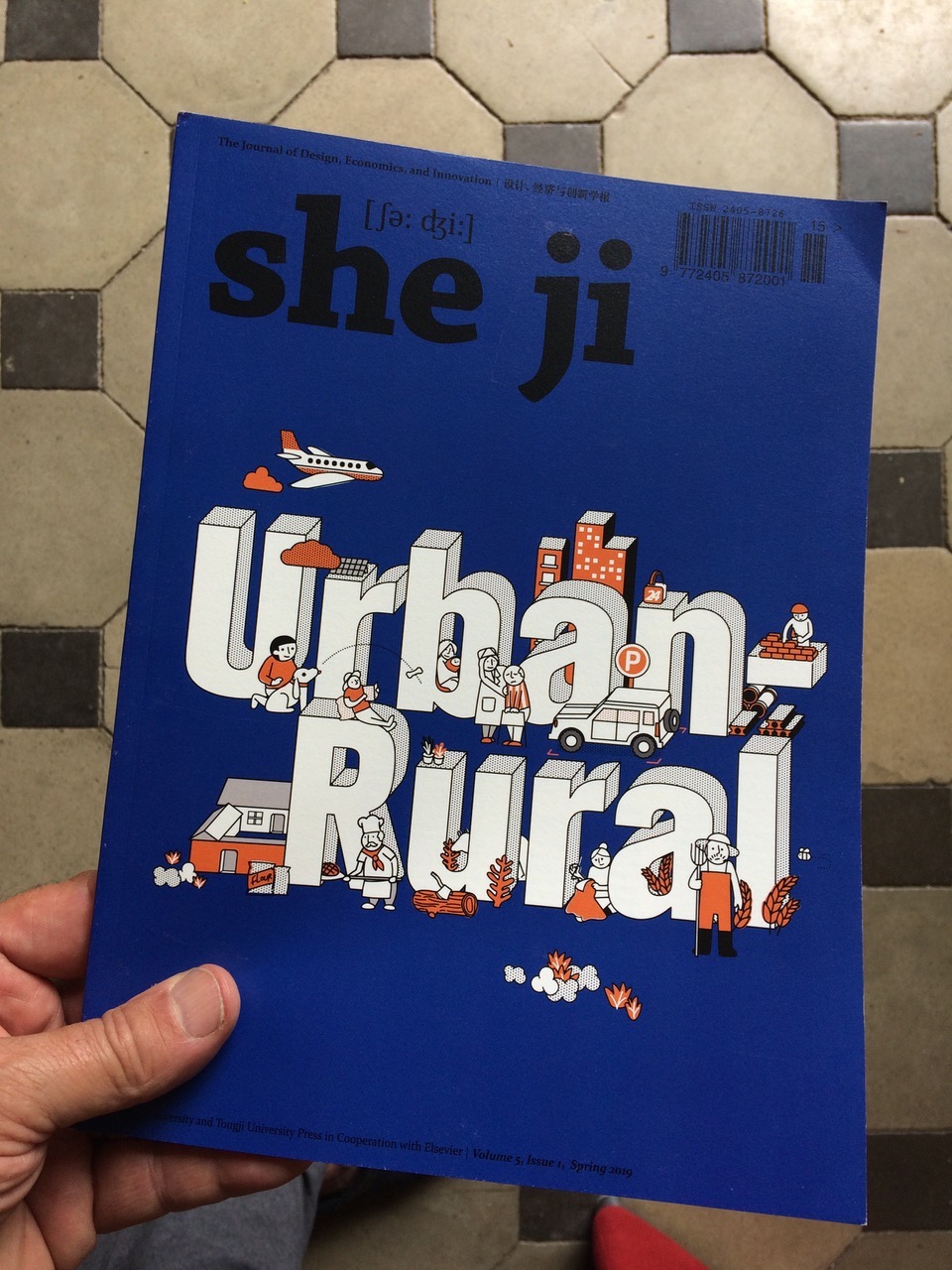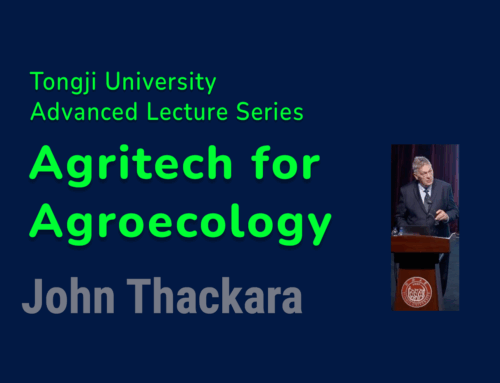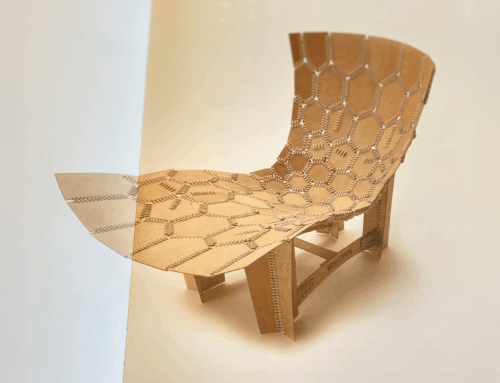In April, I began work as an adjunct (visiting) professor at Tongji University (College of Design and Innovation) in Shanghai. As part of the appointment process, I submitted the research statement below. This text accompanies the new preface for the Chinese edition of my book and my recent paper for the journal She Ji, Bioregioning: Pathways to Urban-Rural Reconnection
Research, for this candidate, means two things: the identification new opportunities; and fostering new connections between motivated and effective people to bring those opportunities to life.
Drawing on my work since 2010 organising Doors of Perception xskools in 20 countries, the following three research topics would be the focus of my contribution as Adjunct Professor:
Care. Value. Place
Urban-Rural Reconnection / Rural Social Innovation
Knowledge ecologies and scale
1 Care. Value. Place
By connecting the ‘what is?’, with the ‘what if?’, in diverse contexts, designers and artists are discovering new kinds of value among the social and ecological assets of their bioregion.
Their focus is on making connections, and supporting relationships, at a system-wide scale: in regional food hubs, High Nature Value farming, fibershed and grain chains, biorefining, forest and watershed recovery; civic ecology. land-based learning; code clubs; and the Farm Hack maker movement.
These new activities are diverse, but a green thread connects them: a new story of place.
This story re-connects us with living systems, and each other, in the context of our bioregion. It reminds us that we live among watersheds, foodsheds, and fibersheds – not just in cities, towns, or ‘the countryside’.
Growth, in this story, takes on a new meaning as improvements to the health and carrying capacity of the land, and the resilience of communities – not just money or GDP.
Value is created in a bioregion by the stewardship of living systems rather than the extraction of ‘natural resources’.
With Care, Value and Place as a frame, research is needed to understand the practical ways a stewardship can work in practice: tools to measure where resources come from; tools to identify ‘leakages’ in the local economy; tools and platforms to plug these leaks using local skills and resources.
2 Urban-Rural Reconnection / Rural Social Innovation
Most futurists predict a continued one-way migration to cities – but an opposite trend is also emerging: relationships that connect urban and rural people in new ways of working and living.
A growing number of citizens seek to play an active role in a city’s life support system – its agriculture, soils and ecosystems. Projects that embody this cultural shift include: new food distribution models; land-sharing cooperatives; social farming and care farming; ecological restoration; fibershed and grainshed networks; local energy consortiums; the maker and upcycling movement.
The best of these projects are connective: they link the health of soils, to the quality of food; public health, with the health of the land; the biodiversity expertise of scientists, with the citizen science that is popular in schools; and so on.
A new kind of social infrastructure is needed to support a whole-system approach to the health of farm communities, their land, watersheds, and biodiversity.
New sorts of enterprise are needed: food co-ops, community kitchens, neighbourhood dining, edible gardens, and food distribution platforms.
New sites of social creativity are also needed: craft breweries, bake houses, productive gardens, cargo- bike hubs, maker spaces, recycling centres, and the like.
Business support is needed for platform co-ops that enable shelter, transportation, food, mobility, water, and elder care to be provided collaboratively – and through which value is shared fairly among the people who make them valuable.
Technology has an important part to play as the supporting infrastructure for these new social relationships to flourish. Mobile devices and the internet of things make it easier for local groups to share equipment and common space.
Institutional support for urban-rural reconnection is growing in Europe.
Dozens of projects and research networks are addressing land repair, agro-ecology, food systems, #smartvillages, biodiversity, and ecosystem stewardship.
A European Association for Landscape Ecology has been established. The “Cork 2 Declaration” advocates for diversification in rural development. Programmes for biodiversity-friendly agriculture have names like RISE and High Nature Value (HNV) farming.
Many European regions receive biodiversity funding from SURFNATURE. NATURA 2000 funds biodiversity projects in cities. Land stewardship practices have been deployed by LANDLIFE, BiodiverSeA, EKLIPSE PEGASUS, ECOLISE, INNGE, ARCADIS, SIMRA, RESCOOP, URBIS.
However, few of these programmes in Europe have design innovation at their core.
3 New ways of knowing: Knowledge ecologies and scale
Alternative ways of sharing knowledge are needed to support urban-rural innovation. Social practices, for example, are a unique source of value in a living local economy – and a region’s history can often be a source of inspiration.
The sharing or Peer-to-Peer economy has been presented as a novelty in recent times, for example, but solidarity systems have existed for centuries. Ever since water was shared as a common resource 8,000 years ago, people have relied on so-called ‘non-market’ work to raise and educate their families, take care of the land, share resources,. and support each other in times of difficulty.
These practices, even when temporarily lost, have enormous potential today. We need to ask: who has cracked a similar question in the past? How might we learn from, or piggyback on, their success?
Technology has an important role to play as the infrastructure needed for these new social relationships to flourish.
The re-emergence of gift exchange can be made possible by electronic networks. Mobile devices and the internet of things make it easier for local groups to share equipment and space, or manage trust in decentralised ways. Money, today, is but one means among many of holding or exchanging value.
Urban-rural reconnection also means working differently than we do now – in new ways, with new people, and in new places.
The exploration of a bioregion’s social and cultural assets, for example, can involve a range of skills and capabilities: the geographer’s knowledge of mapping; the biologist’s expertise in biodiversity habitats; the ecologist’s literacy in ecosystems; the economist’s ability to measure flows and leakage of money and resources.
The range of potential tools available is also enormous. The Climate Tech Wiki lists hundreds of mitigation and adaptation technologies – from advanced paper recycling, to urban forestry. And a biology metrics list on Github lists more than three thousand possibly useful subjects – from molecular phylogenetics, to ecophysiology .
Design has a key role to play in helping us manage the scale and complexity of learning we have to do now.
This work is demanding, but not unprecedented. During the transition from an agricultural to an industrial economy, numerous regional institutions were invented to ease our transition. Many of these can be repurposed to do so again: Folk High Schools developed in the Nordic countries in the nineteenth century; Maisons Familiales Regionaux in France; community colleges in the US.
Other legacy institutions abound: There are more public libraries in the US (120,000) than there are McDonalds, and 1,800 YMCAs (now known as Ys). Many regional and speciality museums are looking to redefine their role. Thousands of post offices and local shops already act as place-based meeting points; we can use them, too, as hubs in learning networks. There is also potential for collaboration with friendly and benefit societies: Rotary Clubs, Oddfellows, Lions, Freemasons, and Elks.
Learning in a bioregion – and between them – can also be inspired by the ways people in the software world find what they need on a day-to-day basis. Design can be a bridge between urban rural innovation and the ways software people ask each other, in real time. The Tech For Good community, for example, keeps up to date on GitHub.
Platforms like this can work well for a bioregion’s knowledge infrastructure, too – but they need to be designed. #





